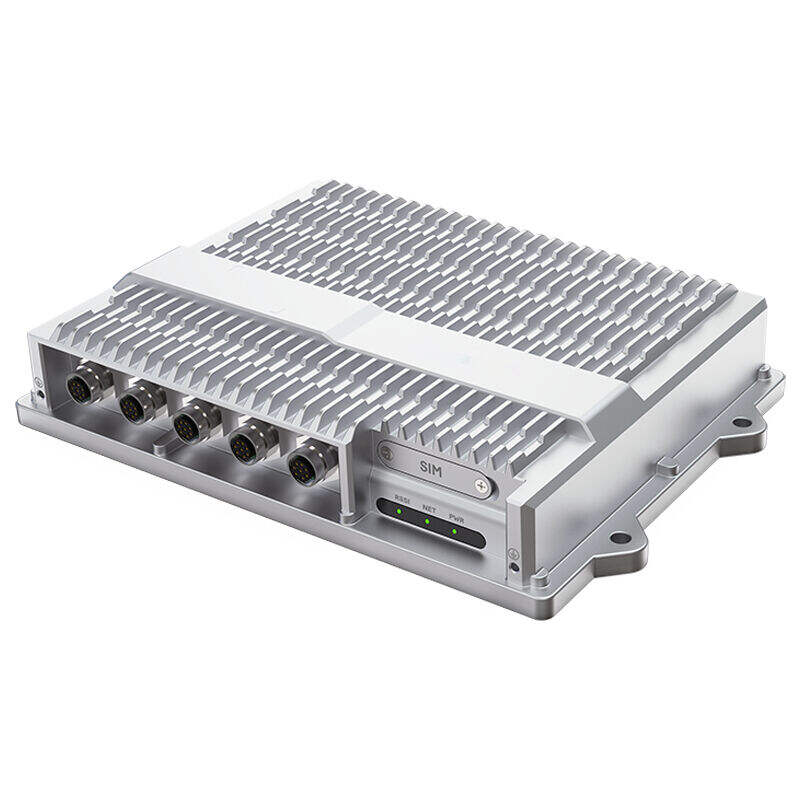In the competitive world of heavy-duty trucking and logistics, uninterrupted connectivity is no longer an option; it’s essential to keeping your operations running efficiently and safely. Fleets driving through diverse and extensive terrains struggle to keep their data link stable and durable. Here’s where rugged mounted routers enter the picture: These industrial-grade devices are designed to operate under adverse conditions, but more importantly serve as the vital mobile data hub capable of processing raw vehicle data into value-driving intelligence for optimized fleet management.
Dependable High Performance Connections In Harsh
The biggest obstacle to fleet connectivity, after all, is the unforgiving and unpredictable operating worlds in which they must work. Commercial-grade networking equipment can’t handle the relentless shaking, temperature extremes, moisture and noise that are part of a heavy-duty vehicle. Shanghai Smawave Technology Co., Ltd. industrial routers have been designed to operate and excel in these environments.
Ruggedized housings and wide temperature ranges are standard with these strong devices, as well ash secure vibration-proof connections. And, most crucially for such a device, it has multi-network connectivity to switch between various cellular carriers (4G/LTE and the upcoming 5G networks) so as not to lose your data connection. This means that whether it's a truck traversing remote deserts or weaving its way through urban canyons, the critical data stream between vehicle and fleet management platform is always available. This ever-lasting connection is the basic level of all intelligence management.
Building a Stream Processing Dataflow to help with Decisions
An industrial router is the brain of a connected car. It collects data from numerous sources inside the cab, such as engine control unit (ECU) itself, GPS trackers, telematics sensors, and in-cab video systems. And by analyzing and transmitting this information in real time, it provides a detailed digital picture of the status, position, and performance of every vehicle.
Fleet managers have real-time visibility into vehicle locations for more accurate routing and improved ETAs. They can track key data points, such as fuel usage, engine health and driver habits such as aggressive braking or excessive idling. Managers can use this live data pipeline to act proactively. They can re-route vehicles around congestion, book in maintenance before a minor fault becomes a major failure and train drivers to drive more safely and efficiently – leading to substantial cost savings as well as greater operational command.
Drive Operational Excellence and Advanced Safety
The proof of such strengthened connectivity is in the actual improved operation of the fleet. With an unbroken barrage of timely data, logistics companies can evolve from reactive troubleshooting to predictive, strategic management.
Business-class routers provide valuable options that can put you ahead of the competition. In summary, breaking down the problem is critical in order to make the case for why fleet telematics applications enable remote diagnostics and predictive maintenance – at once decreasing vehicle downtime and lowering repairs costs. Automated reporting streamlines administrative tasks. In addition, the stable connection enables the transmission of live video from onboard cameras, which if intertwined in an accident can help to provide evidence and encourage safer driving.
Shanghai Smawave Technology Co., Ltd are now using industrial routers as part of their essential infrastructure to create smarter, safer and more efficient logistics networks. With the secure, durable network devices used in IoT systems today, you can ensure you have a reliable foundation upon which to run your complex vehicle solutions and make every one of them an enlightened node on an optimal fleet.

